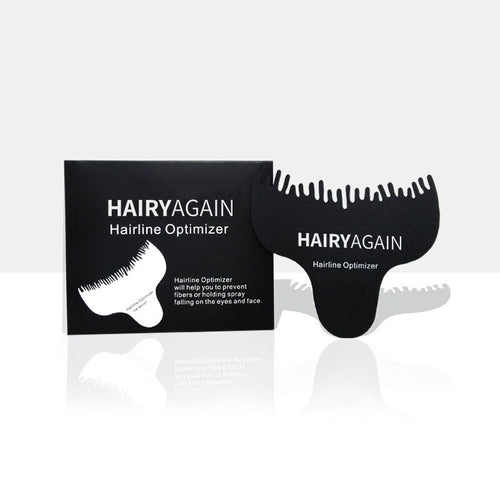Hair loss is a common condition that affects both men and women. It can be caused by various factors, such as genetics, hormonal changes, medications, and medical conditions. Unfortunately, there are many myths surrounding hair loss that can cause confusion and anxiety. In this article, we will debunk some of the most common hair loss myths and provide you with accurate information about the available solutions for hair loss. We will also introduce you to HairyAgain hair building fibers, which are an effective and safe solution for thinning hair.
Myth 1: Wearing a hat causes hair loss
Many people believe that wearing a hat can cause hair loss, but this is simply not true. Wearing a hat does not affect hair growth or cause hair to fall out. However, wearing a hat too tightly or for extended periods of time can cause hair breakage or damage to the hair follicles, which can result in temporary hair loss.
Myth 2: Only men experience hair loss
Although male pattern baldness is more common in men, women can also experience hair loss. In fact, up to 40% of women experience hair loss at some point in their lives. Women are more likely to experience hair thinning and overall hair loss, while men are more likely to experience baldness.
Myth 3: Stress is the only cause of hair loss
Stress can be a contributing factor to hair loss, but it is not the only cause. Hair loss can be caused by a variety of factors, including genetics, hormonal changes, medications, medical conditions, and nutritional deficiencies.
Myth 4: Frequent shampooing causes hair loss
Many people believe that washing their hair too often can cause hair loss, but this is not true. In fact, washing your hair regularly is important for maintaining scalp health and promoting hair growth. However, using harsh shampoos or styling products can damage the hair and lead to breakage, which can make hair appear thinner.
Myth 5: Hair loss is always permanent
Not all hair loss is permanent. Some types of hair loss, such as telogen effluvium, are temporary and can be reversed with proper treatment. However, other types of hair loss, such as male pattern baldness, are permanent and may require more extensive treatment options.
Causes of Hair Loss
There are various factors that can contribute to hair loss, including:
Genetic factors
Family history plays a significant role in hair loss. If your parents or grandparents experienced hair loss, you are more likely to experience it as well.
Hormonal changes
Hormonal changes, such as those that occur during pregnancy, menopause, or thyroid disorders, can cause hair loss.
Medications and medical conditions
Certain medications, such as chemotherapy drugs, can cause hair loss. Medical conditions such as alopecia areata, scalp infections, and trichotillomania can also cause hair loss.
Nutritional deficiencies
A lack of certain nutrients, such as iron, zinc, and biotin, can lead to hair loss.
Stress
Stress can cause hair loss by disrupting the natural hair growth cycle and causing hair to enter the resting phase prematurely.
Available Solutions for Hair Loss
There are various solutions available for hair loss, including:
Medications and topical treatments
There are medications and topical treatments available that can help to promote hair growth and prevent further hair loss. These include minoxidil, finasteride, and ketoconazole.
Hair transplant surgery
Hair transplant surgery involves taking hair from areas of the scalp where hair is still growing and transplanting it to areas where hair has stopped growing. This is a more permanent solution for hair loss.
Hair Building Fibers
Hair building fibers, such as HairyAgain hair building fibers, can be a great option for people with thinning hair. These fibers are made from natural ingredients and can help to cover up bald spots and thinning areas, giving the appearance of a fuller head of hair. While hair building fibers are a temporary solution, they can be used in conjunction with other hair loss treatments for a more comprehensive approach.
FAQ
1. Are hair building fibers safe to use?
Yes, hair building fibers are made from natural ingredients and are generally considered safe to use. However, it's important to follow the instructions carefully and avoid inhaling the fibers.
2. Can hair loss be reversed?
In some cases, hair loss can be reversed with the right treatment. However, it's important to talk to your doctor to determine the underlying cause of your hair loss and to develop a comprehensive treatment plan.
3. How long does it take to see results from hair loss treatments?
The timeline for results will vary depending on the treatment. Hair building fibers can provide immediate results, while other treatments, such as minoxidil, may take several months to see results.
4. Is hair loss genetic?
In many cases, hair loss is genetic. If you have a family history of hair loss, you may be more likely to experience it yourself.





